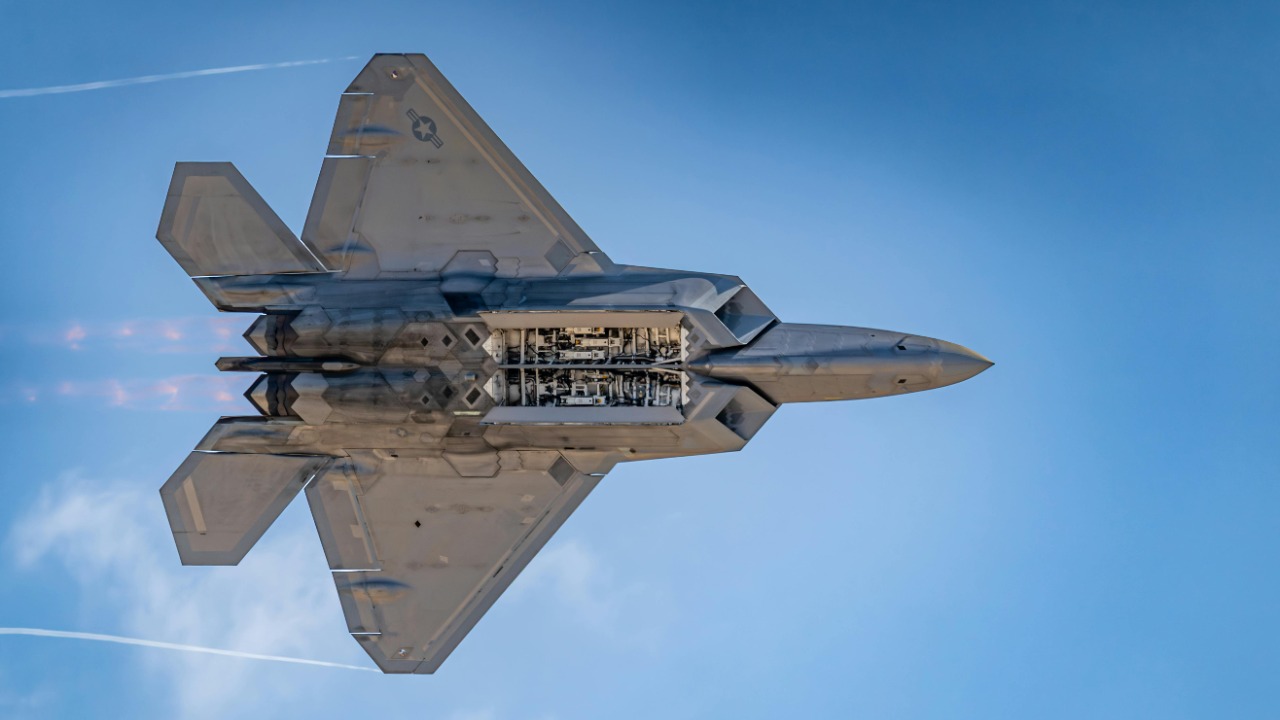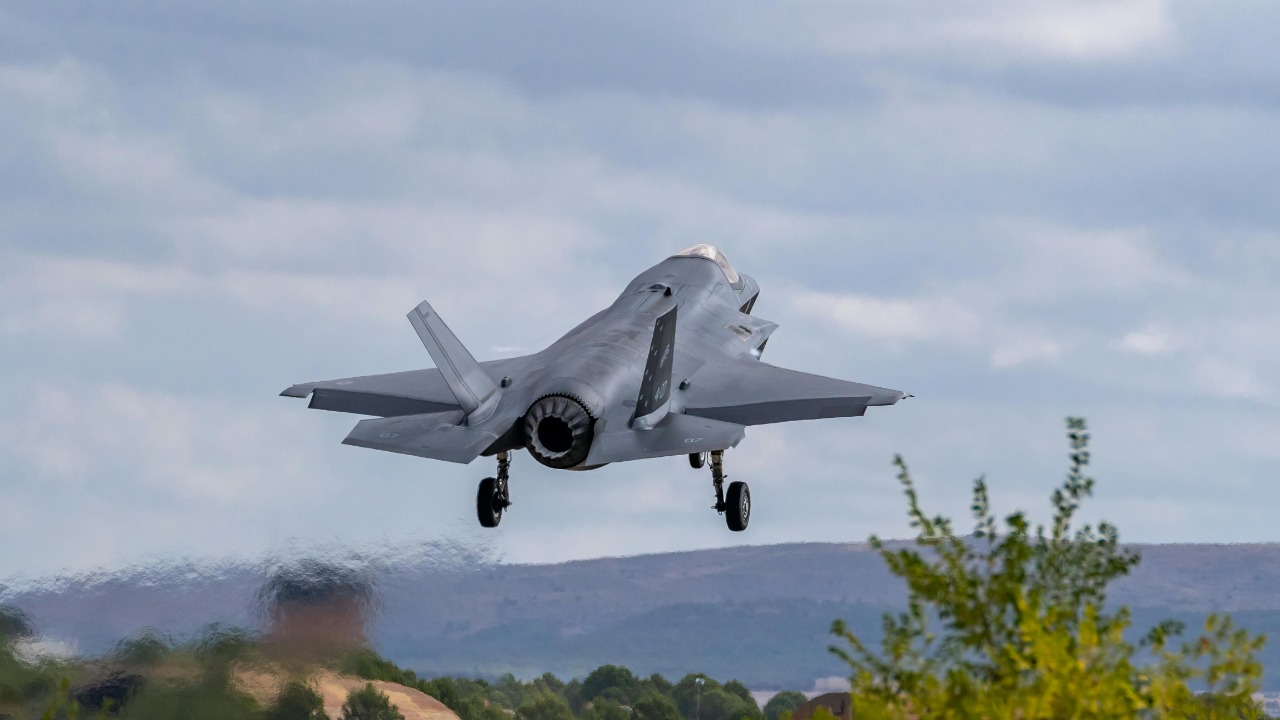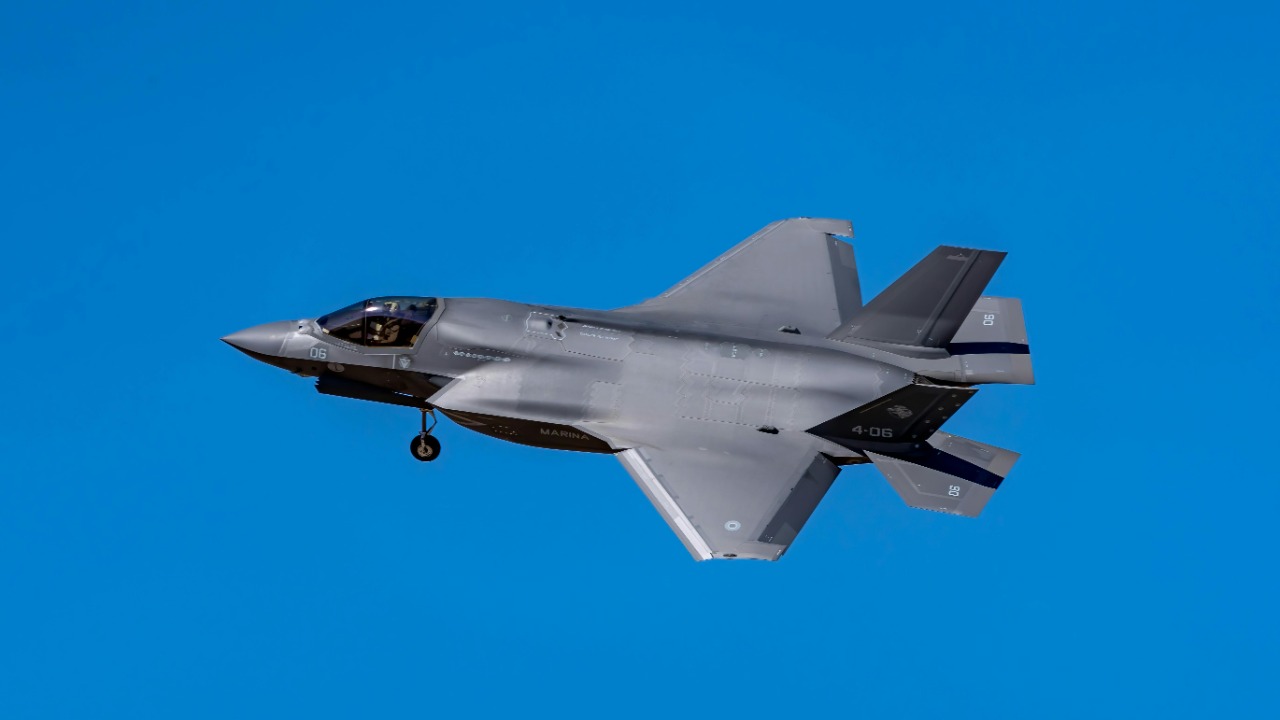
Boeing has recently unveiled its new 6th-generation stealth jet for the US Navy, promising a 25% greater range than the current F-35 model, marking a significant advancement in military aviation technology. This development underscores Boeing’s ongoing efforts to enhance stealth, agility, and long-range capabilities in modern fighter jets. The new aircraft is part of the F/A-XX program, which aims to replace the aging F/A-18E/F Super Hornet fleet with next-generation capabilities.
Boeing’s Vision for the F/A-XX Program

The F/A-XX program is a strategic initiative by Boeing to replace the F/A-18E/F Super Hornet fleet, which has been a mainstay of the US Navy’s air operations. The program emphasizes the development of a multi-role fighter capable of dominating air, sea, and land operations. Boeing’s vision for this program is to integrate cutting-edge technology that enhances stealth, agility, and long-range combat efficiency, ensuring the new jet can meet the diverse challenges of modern warfare.
Central to Boeing’s strategy is the creation of a fighter jet that can seamlessly operate across various domains, providing the US Navy with a versatile tool for maintaining air superiority. The F/A-XX is designed to incorporate advanced systems that allow it to perform a wide range of missions, from air-to-air combat to ground attack and reconnaissance. This multi-role capability is crucial for the Navy’s future operational needs, as it seeks to maintain a technological edge over potential adversaries.
Comparative Advantage Over the F-35

The new Boeing jet offers a range that is 25% greater than the F-35, a significant improvement in operational reach. This enhancement addresses one of the key limitations of the current F-35 Lightning II, which, despite being part of a $1 trillion program, has faced criticism for its range and operational flexibility. The F-35 has set the benchmark for stealth fighters in the skies, but Boeing’s new jet aims to surpass it by offering greater range and improved capabilities (Wonderful Engineering).
The improvements in range and flexibility are designed to enhance the US Navy’s ability to project power over greater distances, a critical factor in modern military strategy. By extending the operational reach of its fighter jets, the Navy can conduct missions more effectively and with greater strategic impact. This capability is particularly important in the context of the Pacific theater, where vast distances pose significant challenges to military operations (Interesting Engineering).
Technological Innovations in the New Jet

Boeing’s new jet incorporates several technological innovations that set it apart from previous generations. One of the key features is its advanced stealth capabilities, designed to evade modern radar systems and enhance survivability in contested environments. This stealth technology is complemented by state-of-the-art avionics and sensor systems, which provide superior situational awareness and enable pilots to make informed decisions in real-time.
The design of the new jet also emphasizes lightweight materials and aerodynamic efficiency, which contribute to enhanced agility and performance. These innovations are crucial for maintaining an edge in air combat, where speed and maneuverability can be decisive factors. By integrating these advanced technologies, Boeing aims to deliver a fighter jet that not only meets but exceeds the operational requirements of the US Navy.
Strategic Implications for US Naval Operations

The introduction of Boeing’s new jet has significant strategic implications for US naval operations. By expanding the operational range of its fighter jets, the Navy gains greater strategic flexibility in global missions. This capability allows the Navy to respond more effectively to emerging threats and maintain a robust presence in key regions around the world.
The F/A-XX’s capabilities are expected to play a critical role in future deterrence and combat readiness strategies. By ensuring air superiority in contested environments, the new jet enhances the Navy’s ability to project power and protect national interests. This strategic advantage is essential for maintaining the US’s position as a leading military power and ensuring the security of its allies (TS2).
Furthermore, the integration of the new jet into the Navy’s fleet is expected to enhance joint operations with allied forces. By providing a platform that can seamlessly integrate with other military assets, the F/A-XX facilitates coordinated efforts in multinational operations. This interoperability is crucial in strengthening alliances and ensuring cohesive responses to global security challenges. The ability to operate alongside allied forces enhances the collective defense posture and contributes to regional stability.
Additionally, the advanced capabilities of the F/A-XX are likely to influence future naval procurement and development strategies. As the Navy evaluates its long-term needs, the success of Boeing’s new jet could set a precedent for future aircraft designs, emphasizing the importance of range, stealth, and multi-role functionality. This strategic shift may lead to increased investments in technologies that support these capabilities, ensuring the Navy remains at the forefront of military innovation. The focus on these advanced features underscores the evolving nature of aerial combat and the need for continuous adaptation to emerging threats.